Take a look at all the cedi notes since independence
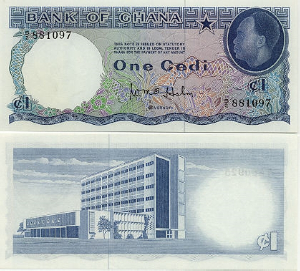
In 1965, the first Ghanaian cedi note was introduced to the country after decades of the pound being the major currency.
The cedi, named after the Akan word for cowry shell, replaced the pound at 2.4 cedi = 1 pound, or 1 pesewa = 1 penny.
Following that was a series of ups and downs concerning inflation and attempts to curb it.
The first cedi notes faced rapid deflation due to the influence of the black market, leading to a recall and replacement.
The replacement was also an opportunity to remove Kwame Nkrumah’s image from coins and notes.
The second cedi, however, also faced the same fate as the first: intense deflation due to the black market.
Attempts, including confiscations proved futile.
In 1991, 10, 20, 50, and 100 cedi coins were introduced, followed by 200 and 500 cedis in 1996.
These however, did nothing to deal with the deflation until 2007, when a transition to the third cedi was initiated.
Four zeros were “cut” off from the second cedi and was introduced as the “Ghanaian cedi” (GH₵).
Despite the hassles, one thing that is certain is that the cedi notes are iconic in their looks, with the notes depicting influential individuals in the history of the Ghana, important symbols and places of prestige.
So, here are pictures of the cedi notes since the 1960s till date.
First cedi notes
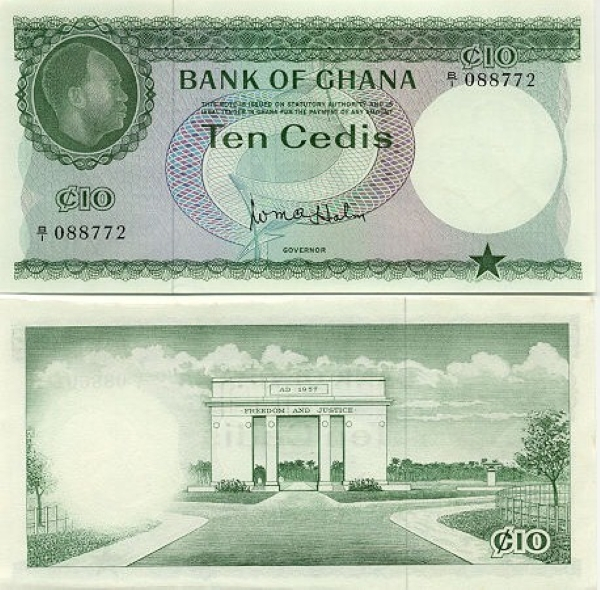
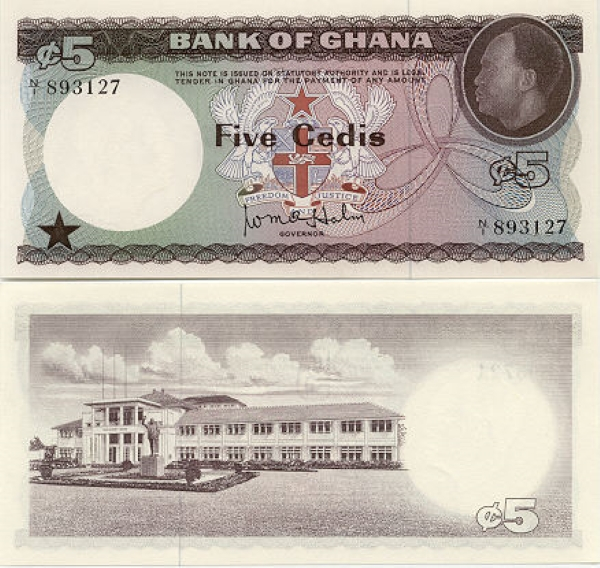
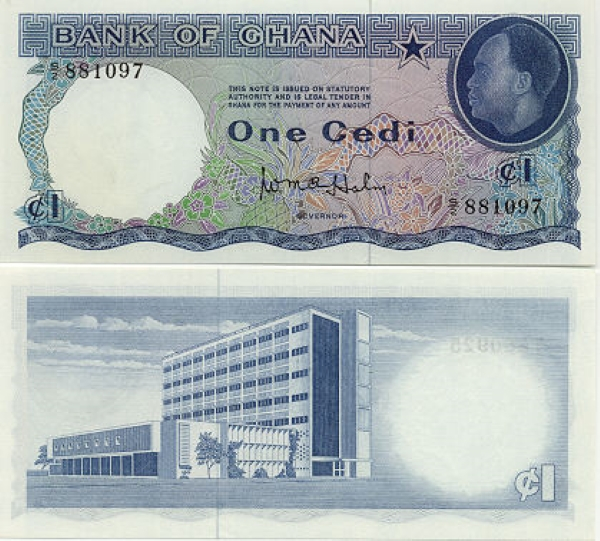

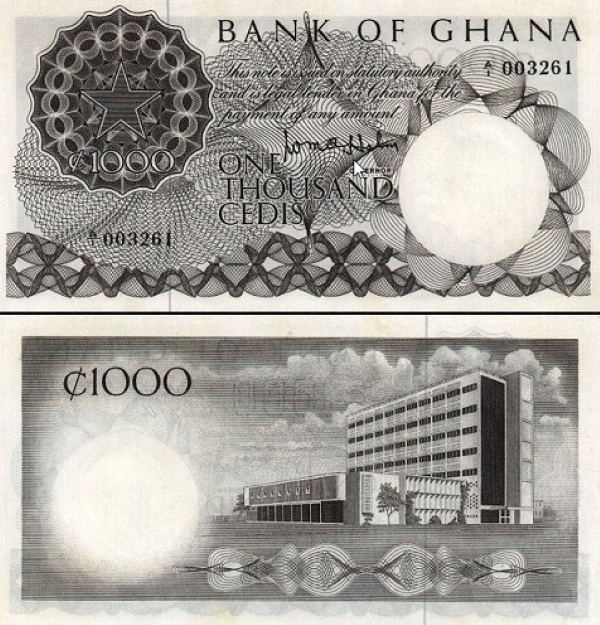
Second cedi notes
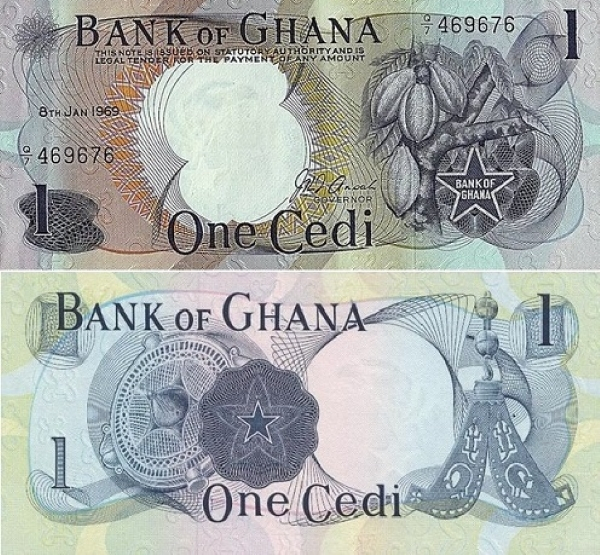
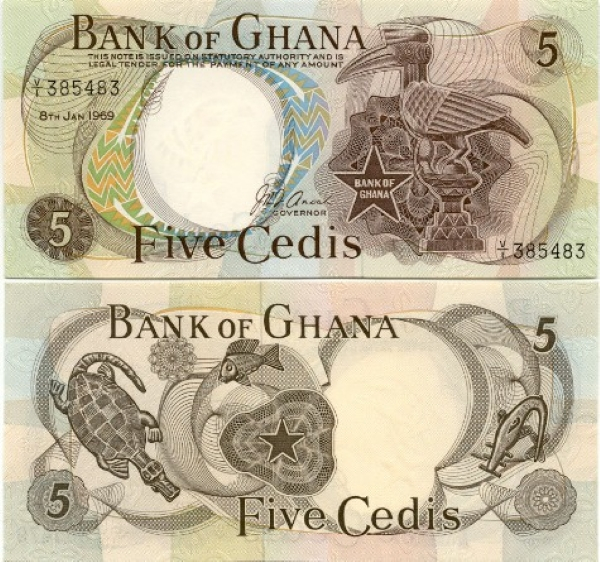
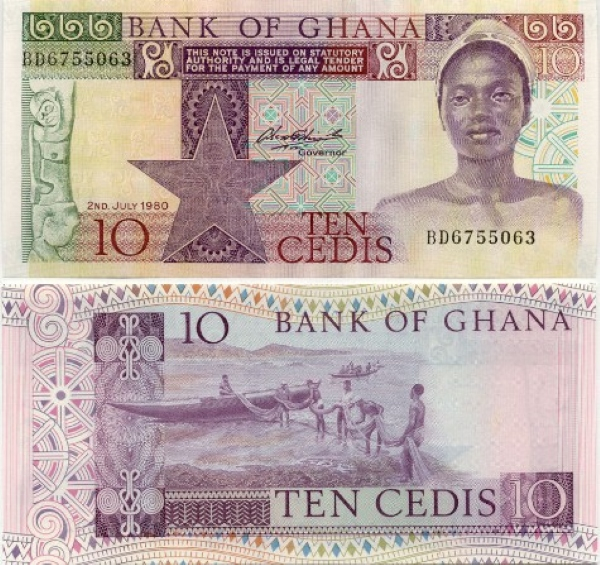
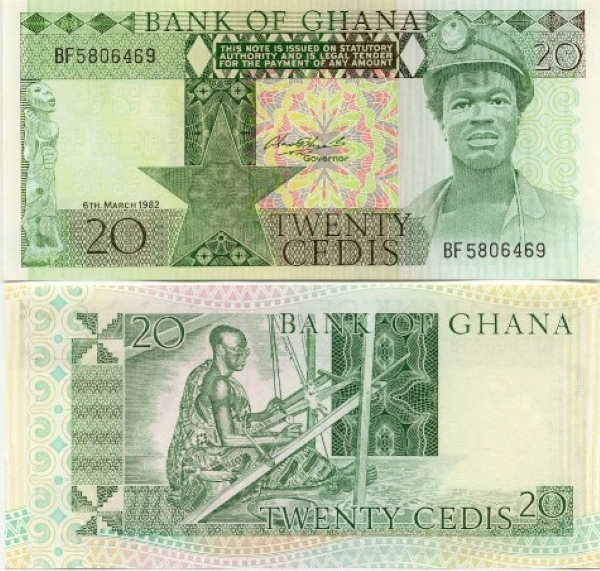
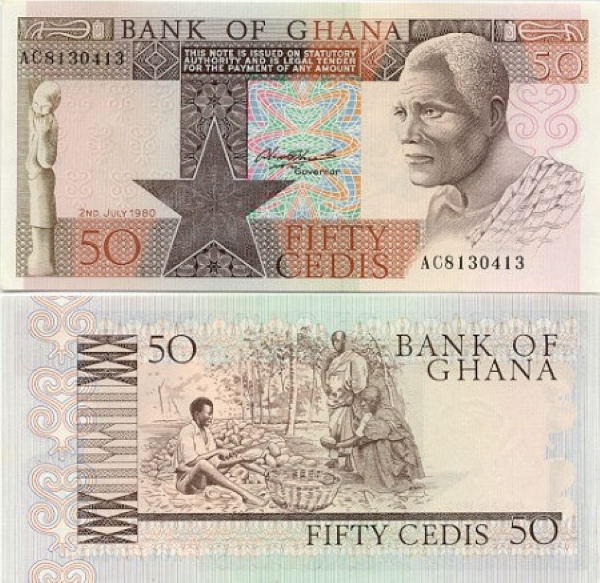
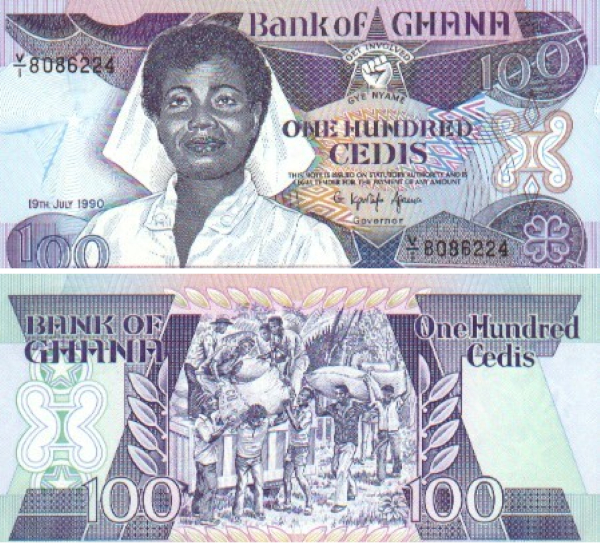

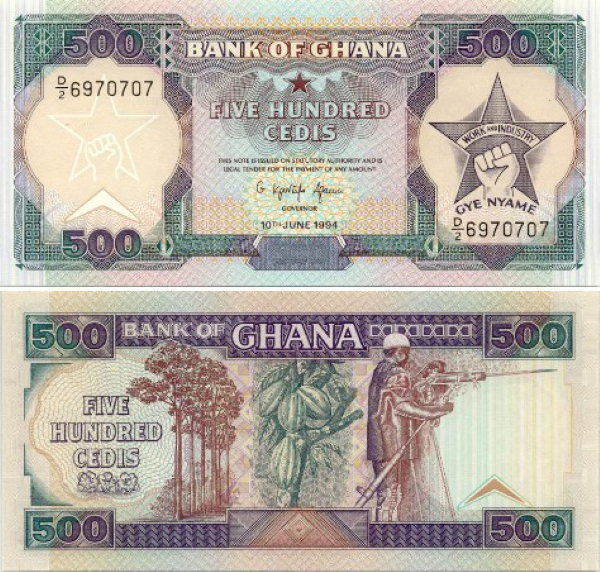
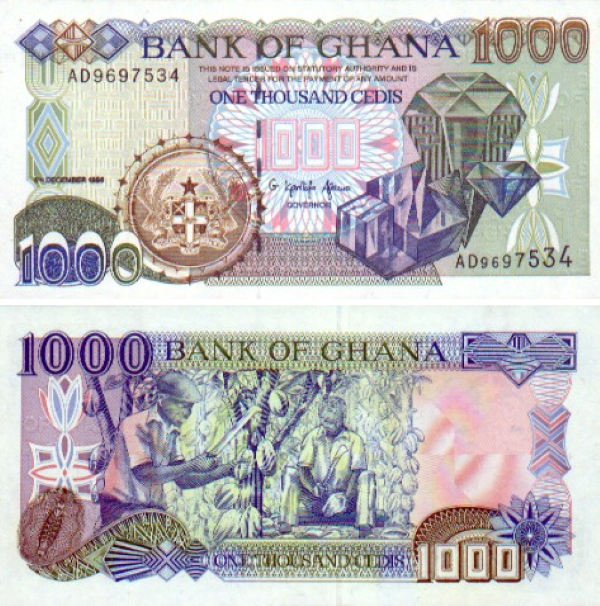
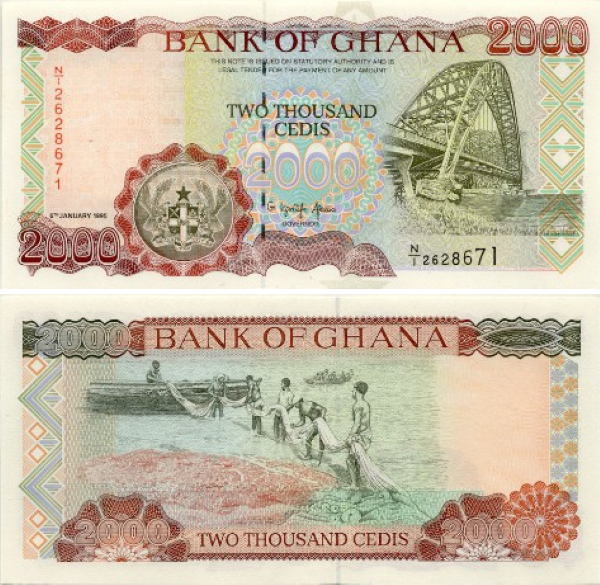
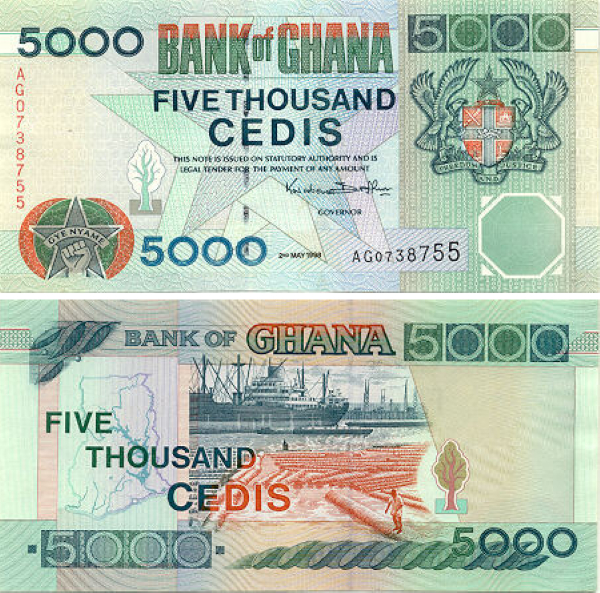
Third cedi notes

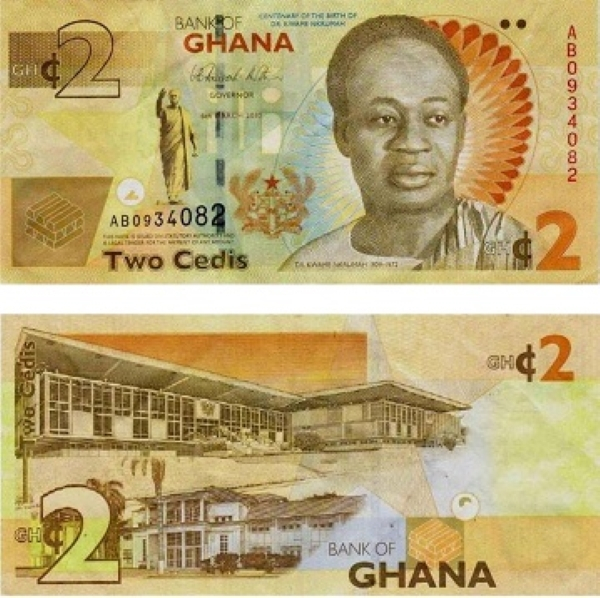
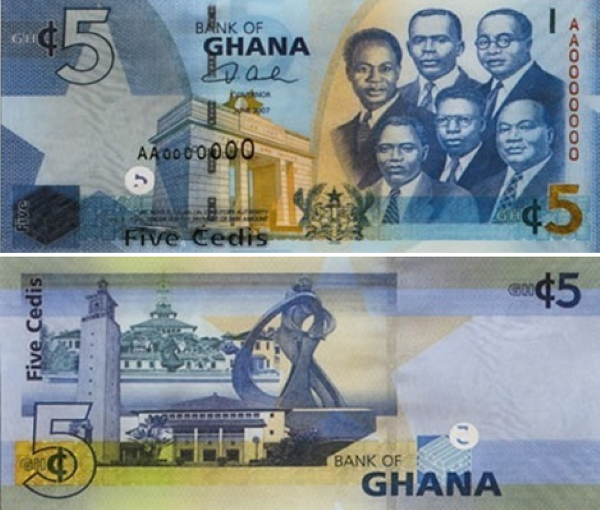
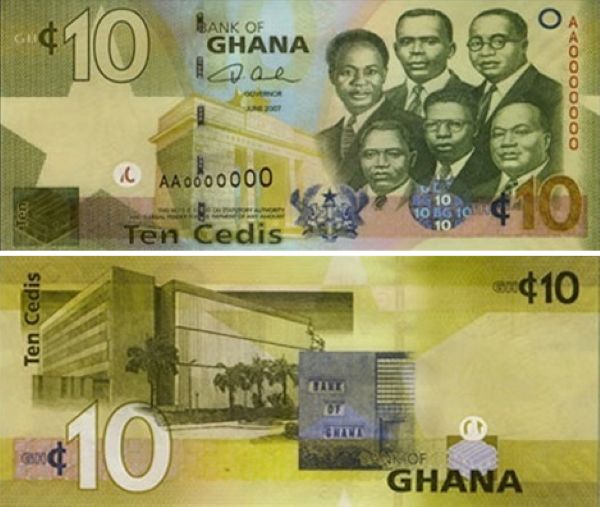

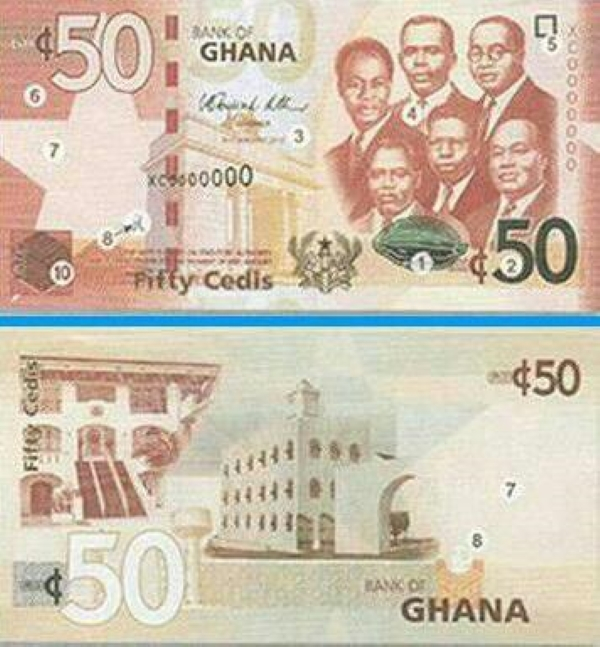
Source: www.ghanaweb.com





